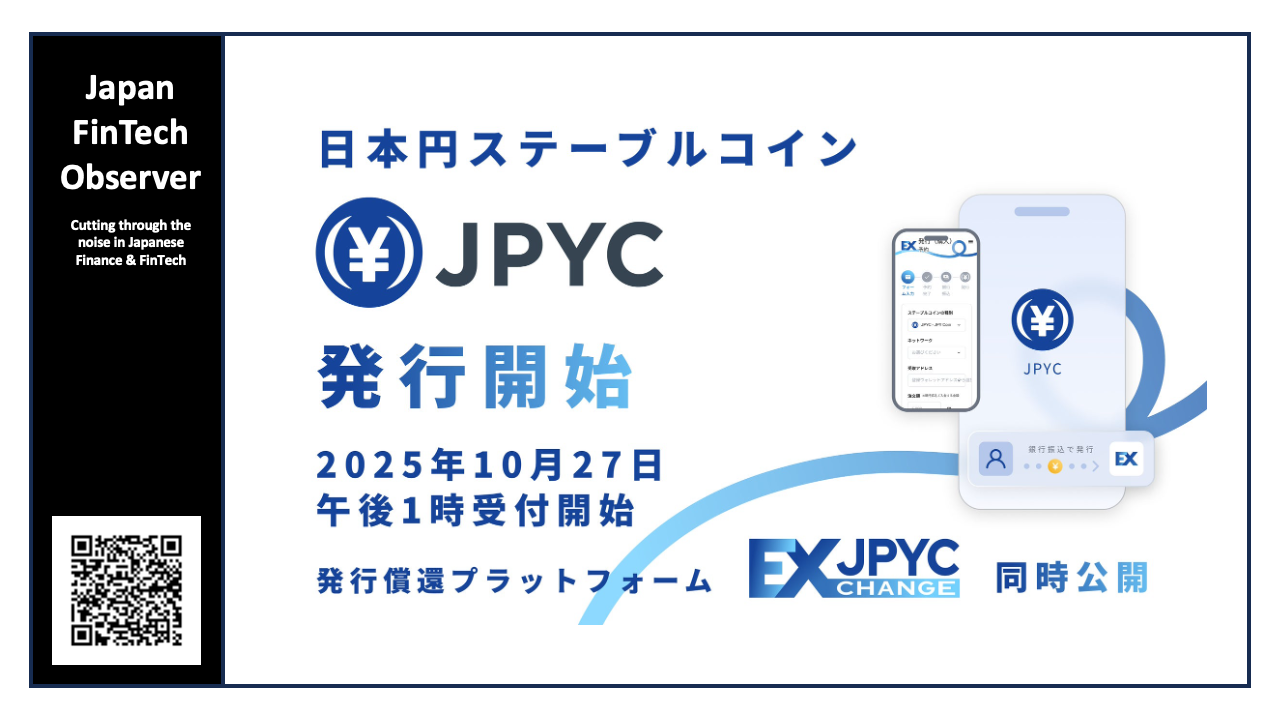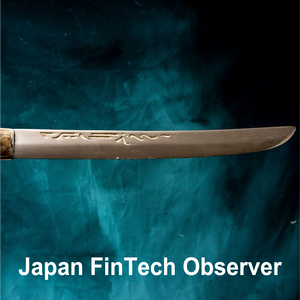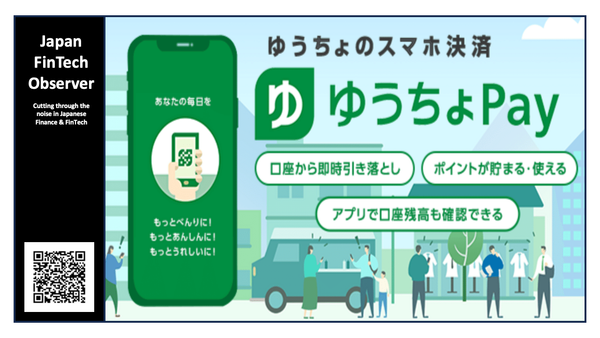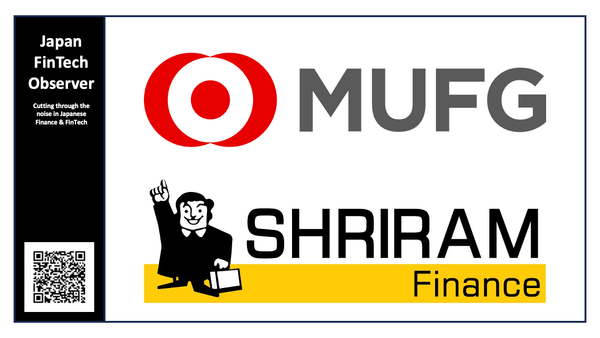Bank of Korea: Won Stablecoins
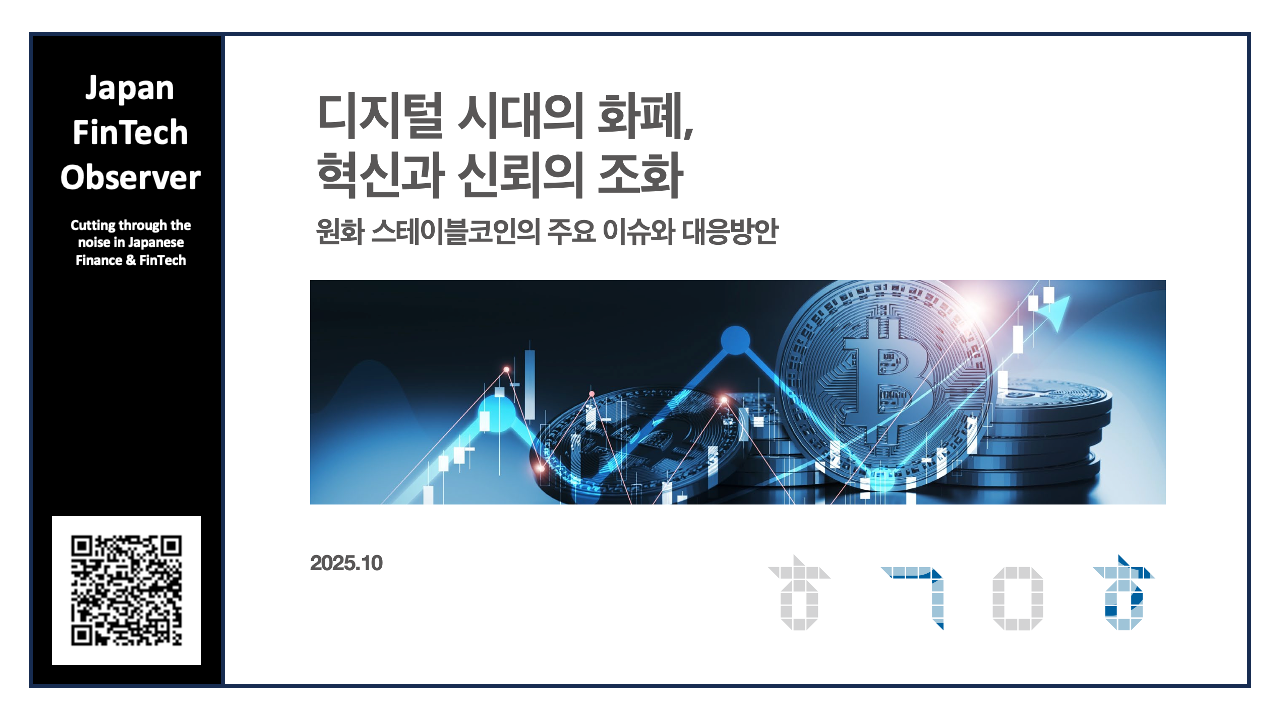
At the end of October, the Bank of Korea (BOK) published a report regarding the opportunities, risks, and necessary policy responses surrounding the potential introduction of a Won-pegged stablecoin (SC) in Korea. Titled "Currency in the Digital Era: Harmony of Innovation and Trust," the report adopts a cautious stance, emphasizing that financial innovation must be securely integrated into the existing monetary and financial system.
Executive Summary: Opportunities and Concerns for Won Stablecoins
The BOK acknowledges that stablecoins, as cryptographic tokens pegged to fiat currencies, represent the latest evolution of money, driven by digital convenience. They offer potential benefits such as improved efficiency, programmability via smart contracts (e.g., automated payments linked to GPS data), rapid and low-cost cross-border payments, and enhanced liquidity for virtual asset ecosystems (DeFi, RWA).
However, the core issue is not technology, but trust. Stablecoins issued by private entities, whose stability relies on reserve assets and managerial competence rather than the guarantee of a central bank, inherently lack the "No-Questions-Asked" assurance of fiat currency. The report cites historical precedents, such as the chaotic U.S. Free Banking Era in the 19th century and Korea’s failed Dangbaekjeon currency, where a lack of institutional trust led to monetary fragmentation and economic instability.
The BOK identifies seven primary risks associated with the widespread adoption of privately issued Won stablecoins:
- Depegging Risk (Loss of Singleness): Stablecoins operate outside the central banking system, lacking the institutional guarantee that ensures bank deposits are always exchangeable 1:1 with central bank money (the principle of "singleness of money"). Instability in reserves or a collapse of issuer confidence can trigger depegging events (e.g., the USDC drop during the Silicon Valley Bank crisis), undermining confidence in the entire monetary system.
- Financial Stability Risk (Digital Bank Run): Lacking public safety nets like deposit insurance or central bank liquidity support, stablecoins are highly susceptible to "coin runs." The digital nature of SCs amplifies the speed of panic. A sudden surge in redemptions would force issuers to sell reserves (often short-term safe assets like US Treasuries) in a fire sale, transmitting volatility and liquidity shocks to traditional financial markets.
- Consumer Protection Gap: SC holders lack the protection of deposit insurance. If an issuer defaults, losses fall on the users. Furthermore, unlike banks, SC issuers are not subject to central bank emergency liquidity support, amplifying systemic risk.
- Erosion of Banking-Commerce Separation (Geumsan Bunri): Allowing large non-financial firms (Big Tech, manufacturers) to issue SCs is tantamount to permitting them to engage in narrow banking, violating the core philosophy of Geumsan Bunri (separation of banking and commerce). This risks conflicts of interest, unfair competition, and dangerous concentration of economic power, potentially leading to contagion across financial and non-financial sectors.
- Regulatory Circumvention and Capital Flight: Stablecoins, especially those utilizing anonymous non-custodial wallets on permissionless blockchains, provide a highly efficient mechanism to bypass Korea's strict foreign exchange and capital control regulations. This threatens to undermine monetary sovereignty by facilitating illicit cross-border capital flight.
- Weakening of Monetary Policy Effectiveness: SC issuance expands the money supply outside the direct control or monitoring of the central bank. If SC reserves are invested heavily in short-term government debt, large issuance volumes or sudden runs could introduce supply/demand imbalances in these shallow markets, amplifying interest rate volatility and constraining the BOK’s open market operations and the transmission mechanism of monetary policy.
- Weakening of Financial Intermediation: The shift of stable retail deposits from commercial banks to SC issuers (who reinvest the funds in short-term safe assets rather than commercial lending) weakens the banking sector’s stable funding base. This reduces banks' lending capacity, particularly for SMEs and vulnerable economic sectors that rely heavily on indirect financing.
Policy Recommendation
The BOK concludes that stability must precede innovation. The preferred strategy is not to suppress innovation, but to create a robust regulatory framework that supports a gradual, bank-centric introduction of Won stablecoins. A bank-led consortium model would mitigate many of the risks by leveraging banks' compliance expertise and internal controls.
Simultaneously, the BOK will advance its Project Hangang to promote tokenized deposits (TDs). TDs offer the technical benefits of SCs but maintain the public trust and safeguards of the existing two-tier system, ensuring deposit protection and central bank oversight. The BOK aims for a future where TDs and bank-issued Won SCs coexist, balancing private sector innovation with public trust.
I. Stablecoins and the Future of the Monetary and Financial System
Modern monetary systems operate on a two-tier structure: the central bank provides base money (Tier 1: cash, reserves), and commercial banks create deposit money (Tier 2). This system is underpinned by the essential properties of money: singleness (uniform value), elasticity (flexible supply), and integrity (AML/CFT compliance).
Distributed Ledger Technology (DLT) and tokenization challenge this structure by offering decentralized recording and settlement, potentially improving efficiency. However, SCs operating outside this established structure may create a vacuum in institutional trust.
The rise of stablecoins, particularly catalyzed by the 2019 Libra announcement and the US government's recent regulatory push (e.g., GENIUS Act), marks a resurgence of the "privatization of money." This carries the historical baggage of potentially weakening the public nature of fiat currency and transferring seigniorage (profit from money issuance) to private entities.
II. Stablecoin Status
Issuance and Distribution Structure
Globally, stablecoin issuance is primarily dominated by USD-pegged coins (USDT, USDC). Issuers contract with global Centralized Exchanges (CEXs) and institutional investors who remit fiat currency to acquire the stablecoins.
Redemption Restrictions: Direct fiat redemption from issuers is typically restricted to certified institutional investors or large amounts (e.g., Tether requires a minimum of 100,000 USDT). Retail investors must rely on secondary market trading via exchanges, where they are exposed to price volatility. Issuers enforce strict KYC/AML compliance for direct redemption channels to prevent illicit use.
Reserve Management: Issuers hold the fiat received as reserves, predominantly investing in highly liquid, safe assets like US Treasury bills, MMFs, and bank deposits. USDT, the largest SC, holds about 80% in safe assets, but also allocates approximately 20% to riskier assets such as Bitcoin, gold, and short-term corporate debt. This reserve management yields substantial seigniorage income.
Market Overview
The global SC market capitalization reached approximately $252.9 billion by June 2025. Stablecoins are now the main payment instrument within the virtual asset market, used in 85% of transactions. USDT and USDC account for nearly 90% of the total market, reflecting the dominance of the USD globally.
Non-USD Stablecoins: The market for non-USD SCs (like EURC for the Euro or tokens pegged to CHF) remains marginal (less than 1% globally). This demonstrates that the utility of an SC is strongly linked to the underlying fiat currency’s global status and network effects.
Korean Market: The domestic SC market is small (0.1% of global market). The primary use case is not domestic payment settlement, but rather a transit vehicle for transferring funds between domestic and foreign crypto exchanges, often to access offshore derivatives or DeFi services.
III. Potential for Stablecoin Development
Supporting the Virtual Asset Ecosystem
Stablecoins serve as critical infrastructure for the Decentralized Finance (DeFi) ecosystem, enabling stable collateral for lending, borrowing, and automated exchange protocols (DEXs) managed by smart contracts. They are also essential for Real World Asset (RWA) Tokenization, providing a stable, on-chain settlement currency necessary for achieving DvP (Delivery versus Payment) functionality when trading tokenized assets like bonds or equities.
Improving Payment Systems
SCs offer potential for innovation in digital payments:
- Programmability: Smart contracts allow for conditional, automatic payments, enhancing efficiency and transparency (e.g., automatically paying a logistics fee upon confirmation of delivery arrival via GPS).
- Disintermediation: P2P settlement bypasses multiple intermediaries (banks, card networks, payment processors), potentially cutting merchant fees (currently high in the US) and accelerating settlement times from days to near real-time.
Enhancing Cross-Border Payments
Stablecoins leverage permissionless, borderless blockchains to facilitate cross-border payments 24/7, bypassing the traditional, costly, and time-consuming correspondent banking system (SWIFT). SC-based remittance services are already emerging in regions like North America for transfers to Latin America.
IV. Limitations of Stablecoins
1. Erosion of Monetary Singleness
The fundamental drawback of SCs is their inability to guarantee 1:1 exchange with fiat currency in a crisis, undermining the concept of monetary singleness. This issue persists even for 100% reserve-backed SCs, as central bank liquidity backstops and deposit insurance are absent. The value of different SCs may vary based on the issuer’s creditworthiness and the specific composition/liquidity of their reserve assets.
2. Constraints on Regulatory Compliance
Permissionless blockchains, which most SCs utilize, inherently prioritize anonymity and openness. This makes compliance with KYC (Know Your Customer) and AML (Anti-Money Laundering) requirements challenging.
- Non-Custodial Wallets (NCWs): Transactions involving NCWs are difficult to monitor, creating regulatory blind spots and facilitating illicit finance, especially as international standards (CARF, IOSCO) currently exclude NCWs from direct regulation.
- Compliance Technology Limitations: While "permissioned public blockchains" (e.g., Polymesh) attempt to integrate KYC IDs and compliance features (whitelisting) via smart contracts, these mechanisms are still immature. Linking these compliant chains to existing permissionless ones via cross-chain bridges creates regulatory weak links, enabling circumvention.
- The Problem of Distributed Enforcement: Unlike banks, where AML duties are centralized, SC ecosystems require cooperation among issuers, exchanges, identity verifiers, and analytics firms, making continuous monitoring and enforcement complex and fragmented.
3. Operational and Technical Limitations
Public, permissionless blockchains are still inadequate for high-volume, real-time, stable settlement systems:
- Volatility and Cost: Transaction fees fluctuate drastically based on network congestion, and performing complex DeFi transactions involves multiple fees.
- Speed and Stability: Transaction speeds (e.g., Ethereum's 15–30 transactions per second) are significantly slower than existing centralized payment networks. While Layer 2 solutions and high-speed chains (Solana) boost speed, this often comes at the expense of decentralization and network stability (e.g., Solana outages).
4. Limits to Payment System Improvement
SCs face structural limitations when trying to replace traditional payment rails:
- Commercial Complexity: Traditional payment systems include mechanisms for handling complex commercial situations like cancellations and returns, often involving delayed settlement cycles to manage risk. SCs based on P2P settlement on public chains lack these built-in functionalities.
- Korean Payment Efficiency: Given Korea's existing world-class payment infrastructure (low-cost, instant, 24/7 service, high digital usage rates), the added utility of a Won SC for domestic payments is limited.
- International Trade: Using Won SCs for large-scale B2B trade payments faces significant limitations. The USD’s network effects, liquidity, and stability advantages make the Won SC unlikely to significantly replace the USD in international trade settlement (where the USD currently accounts for 80-84% of Korean trade settlements).
V. Risks Posed by Stablecoins
1. Impact on Financial Economy
- Monetary Policy Transmission Weakened: SC issuance is inherently expansionary (issuers gain seigniorage). If unregulated, SCs accelerate money creation outside BOK control. Furthermore, if SC reserves are concentrated in short-term safe assets (MSBs, short-term Treasuries), large-scale buying/selling of these reserves could destabilize short-term interest rates, conflicting with the BOK's policy rate targets.
- Financial Contagion (Coin Run): A crisis of confidence in an SC issuer, reserve custodian, or the supporting blockchain technology could trigger a coin run. Since SCs lack central bank finality and liquidity backstops, the fire-sale of reserve assets could quickly transmit stress from the virtual asset ecosystem to traditional financial markets (e.g., RP market instability). The BOK’s role as Lender of Last Resort would be unclear in such a situation, raising profound legal and institutional questions.
2. Risks Specific to Korea
(1) Foreign Exchange and Capital Control Policy
Korea maintains stricter FX and capital control regulations than key currency nations due to its status as a non-reserve currency country vulnerable to capital flight.
- Circumvention Risk Amplified: The anonymous, borderless nature of public blockchain SCs makes monitoring and controlling capital flows extremely difficult. SCs held in NCWs (unhosted wallets) can be easily converted to other assets (e.g., USD SCs) and moved abroad without regulatory oversight, bypassing current FX reporting and monitoring requirements.
- The potential introduction of a widely used Won SC on a public blockchain would significantly exacerbate this regulatory circumvention risk, potentially making illicit capital flight easier than using physical cash.
(2) Impact on Financial Industry Structure
- Weakening of Bank Intermediation: If large volumes of retail deposits migrate to SC issuers, banks lose their most stable and low-cost funding source (retail deposits). This shift reduces banks' liquidity coverage ratios (LCR), forcing them to reduce lending and increase high-quality liquid assets (HQLA), thereby weakening their function of financial intermediation—a critical engine for the real economy, especially for SMEs.
- Conflict with Geumsan Bunri (Big Tech Risk): Allowing non-bank Big Tech firms to issue Won SCs clashes directly with the principle of separating banking and commerce. Big Tech could leverage its massive user network and data to gain an unfair advantage, integrate financial services to create customer "lock-in," concentrate economic power, and increase the risk of contagion from non-financial business failures. The BOK notes that the US GENIUS Act reflects these concerns by requiring unanimous approval from federal regulators for SC issuance by publicly traded non-financial firms.
VI. Policy Response to Stablecoins
1. International and Central Bank Responses
International organizations (IMF, BIS, FSB) and major central banks (ECB, BoE, Fed) have consistently warned about the systemic risks posed by SCs, advocating for strict regulation.
- MiCA (EU): Defines SCs as e-money tokens, restricting issuance to licensed credit institutions or e-money institutions, banning interest payments, and imposing strict reserve requirements (30% minimum in deposits, higher for significant tokens). The ECB has influential advisory rights, effectively functioning as a veto power for SCs deemed a threat.
- GENIUS Act (US): Restricts SC issuance to insured depository institutions or their affiliates. Importantly, it establishes a Stablecoin Certification Review Committee (FRB, Treasury, FDIC) requiring unanimous agreement to approve issuance by non-bank publicly traded firms, reflecting a strong institutional control over risk.
- Global Consensus: The consensus favors maintaining the two-tier monetary system structure while integrating innovative tokenization features under central bank oversight (e.g., through wCBDC or tokenized deposits) to ensure singleness, stability, and integrity.
2. Bank of Korea's Digital Currency System
The BOK is focusing on digital currency infrastructure development to address SC risks:
- Project Hangang (Tokenized Deposits): The BOK is testing the issuance and use of tokenized bank deposits (TDs) on a BOK-provided DLT platform. TDs allow commercial banks to maintain their core functions while enabling SC-like programmability and efficiency, all within the safety net of the existing two-tier system (deposit protection, BOK finality). The Phase 1 pilot test (completed June 2025) confirmed the stable functioning of issuance, circulation, and redemption.
- Project Agorá (BIS Joint Project): The BOK is participating in the international project to explore the unified ledger concept, utilizing TDs and tokenized central bank money (wCBDC) to improve cross-border wholesale payments. This project aims to integrate the benefits of DLT with the stability of central bank settlement.
3. Considerations for Won Stablecoin Adoption
Given Korea's unique characteristics (FX controls, Geumsan Bunri), the BOK asserts that a bank-centric consortium model is the most prudent strategy.
- Role Division: Banks should take the lead in regulatory compliance, risk management (KYC/AML, reserve stability), and issuance. Non-bank Big Tech firms should participate primarily through technological innovation, service development, and distribution platforms, integrating their innovative know-how with the stability and compliance capacity of banks.
- Risk Mitigation: The bank-centric approach minimizes the risk of capital control circumvention and prevents the erosion of Geumsan Bunri, which would inevitably occur if Big Tech firms were allowed to issue SCs independently.
4. Specific Regulatory Measures
For any Won SC adoption, the BOK proposes strict regulatory requirements:
- Inter-Agency Policy Body: Establish a high-level policy consultative body involving the BOK, Ministry of Economy and Finance (MoEF), and Financial Services Commission (FSC). This body must have unanimous decision-making power over critical issues such as issuer qualification, issuance volume limits, and specific reserve asset composition, reflecting the significant macroeconomic impact of SCs.
- Foundational Legal Framework: Prioritize the speedy passage of foundational laws regarding virtual assets, RWA tokenization, and revisions to the Foreign Exchange Transaction Act to clearly define the legal status and regulatory oversight for SCs, especially concerning cross-border flows.
- Strict Customer Fund Management: Reserves must be 100% backed and strictly segregated (insolvency remoteness) from the issuer's operating assets. Reserves must be held by reliable third-party custodians (banks, trust companies) and restricted to high-liquidity, high-credit safe assets (e.g., short-term government debt). Priority claim rights for SC holders in case of issuer bankruptcy must be legislated.
- Ban on Interest Payments: Interest payments on SCs must be prohibited to prevent direct competition with bank deposits and the resulting degradation of bank financial intermediation.
- Capital Requirements (for Non-banks): If non-banks are authorized to issue SCs, minimum capital requirements must be significantly higher than those imposed on traditional e-money providers to ensure stability and deter market saturation by unstable issuers.
- Enhanced AML/CFT Framework: Non-bank SC issuers must be subject to the same rigorous AML/CFT duties as commercial banks, including real-time transaction data reporting to the Financial Intelligence Unit (FIU).
In conclusion, the Bank of Korea views Won stablecoin adoption as a complex institutional and philosophical challenge. The BOK's strategy is to prioritize the construction of a reliable institutional framework, leveraging bank stability and tokenized deposits, to ensure that technological innovation proceeds without compromising the fundamental trust and stability of the monetary and financial system.
